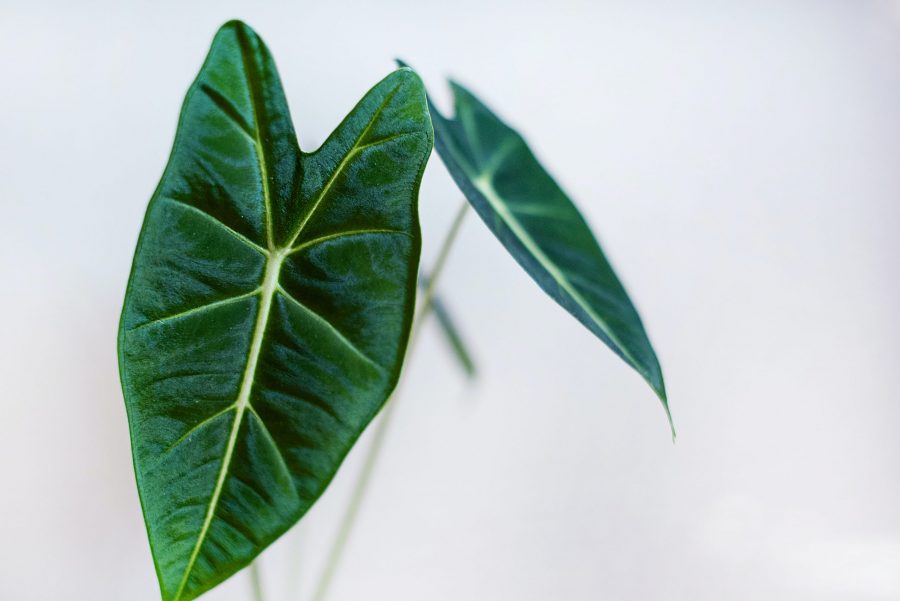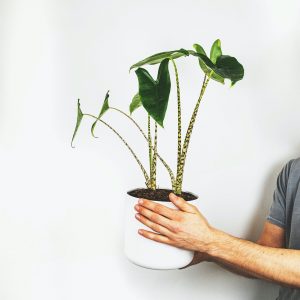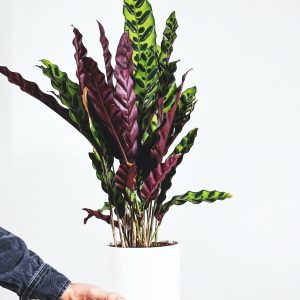Description
How to Grow Amazon Elephant’s Ear
Growing these plants is easy; they like filtered sun or shade and rich, moist soil—and they grow rapidly. A large specimen may grow up to 3 feet, but most are smaller. Like most tropical plants, they thrive in warm temperatures and high humidity and crave plenty of water. Cut away dead and dying leaves for the best presentation, and keep an eye out for mites.
Light
These plants require bright, indirect light. They can survive in 80-percent shade but prefer about 60-percent shade. Do not expose them to strong, direct sunlight.
Water
Keep the soil moist but remember that these plants do not like wet feet. If possible, water in the morning (so they are dry overnight) and from below, at the root zone, to keep the leaves from getting too wet. This plant needs a rest period in winter when you should allow the soil to become almost dry between waterings, and stop fertilizing. If it dries completely it may go dormant, in which case you may be able to dig up the corm and save it until you can keep it in warmer temperatures.
Temperature and Humidity
Being a tropical plant, Amazon elephant’s ear will go dormant or die if exposed to cold. It likes to be in a climate similar to its native Southeast Asia: a temperature between 65 and 75 F and above-average humidity is ideal. You may need to raise the humidity levels in a room artificially by placing the plant in a humidity tray with pebbles or use a humidifier.
Soil
This plant prefers a fast-draining, well-aerated potting soil. An organic, loose soil that contains a good amount of peat moss is ideal. If the soil is heavy, lighten it with some builder’s sand or perlite.
Fertilizer
Amazon elephant’s ear tends to be a heavy feeder during its growing period and will respond well to applications of diluted balanced fertilizer. Starting in spring, feed the plant every two weeks. Stop the end of August, then start the cycle again at the beginning of the next spring. Occasionally, the leaves will yellow; if this happens, try adding fertilizer with micronutrients, or sprinkle Epsom salts around the base of the plant once a month.
https://www.thespruce.com/amazon-elephants-ear-alocasia-amazonica-overview-1902737




Reviews
There are no reviews yet.